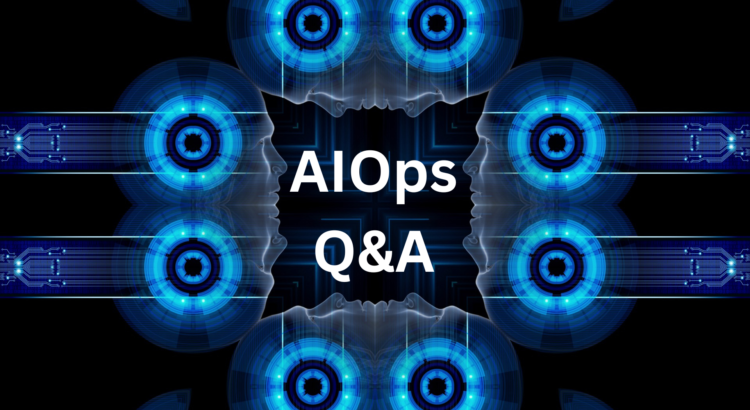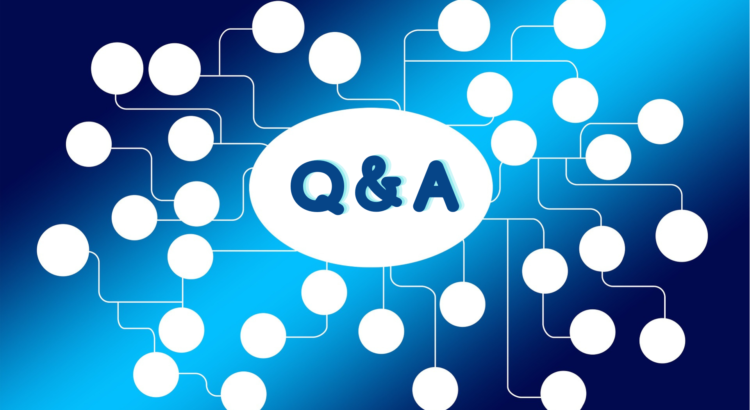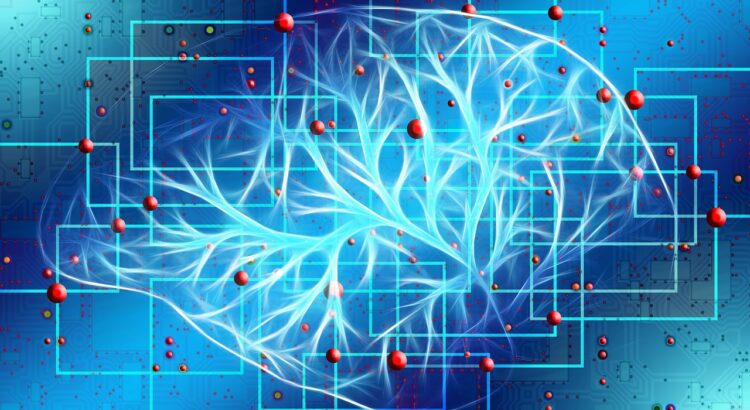Moving well beyond “fix it when it breaks,” AIOps introduces intelligence into the fabric of IT thinking and processes. The impact of AIOps and the shift in IT practices were the focus of a recent SNIA Cloud Storage Technologies Initiative (CSTI) webinar, “AIOps: Reactive to Proactive – Revolutionizing the IT Mindset.” If you missed the live session, it’s available on-demand together with the presentation slides, at the SNIA Educational Library.
The audience asked several intriguing questions. Here are answers to them all:
Q. How do you align your AIOps objectives with your company’s overall AI usage policy when it is still fairly restrictive in terms of AI use and acceptance?
A.There are a lot of misconceptions on company policies and also what constitutes AI and the actual risk. So, there are several steps you can take: Read More









